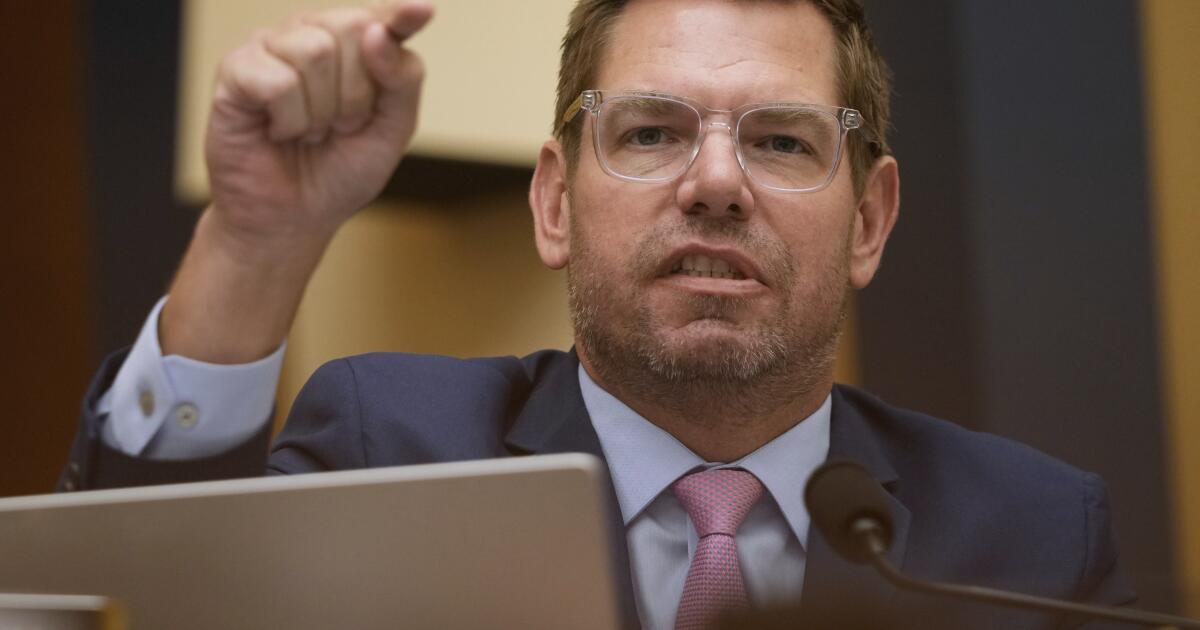It’s the time of year again when the northern reaches of our state are starting the transition to winter, while the southern reaches of Alaska are just starting to feel the crispness of fall. It’s also the time of year when freezers and smoking racks across Alaska should be packed with a supply of salmon to last through the coming winter — serving as a vital source of protein for tens of thousands of Alaskans.
Alaska’s summer salmon harvest is a tradition that has been practiced in nearly every corner of the state for thousands of years by Alaska Native people and has been adopted by countless newcomers as well. However, it has become far too commonplace in recent years for fish freezers to stay empty all summer across vast swaths of our state, as emergency total fishing closures issued by both federal and state regulatory agencies to protect salmon stocks in years of extremely low returns impact subsistence, personal use and sport fishing user groups. At the same time, almost no action is taken by these same entities to protect the salmon from the ocean fishing fleet before they enter Alaska’s rivers.
While there have always been ups, downs and even severe crashes in salmon runs, historically these sharp swings have been short-lived and limited to individual stocks. What’s particularly disturbing about this downturn in salmon production is just how widespread it is. The king salmon decline that started in the Yukon more than a decade ago has spread to virtually every large river system in Alaska, with some seeing returns of late that are less than 10 percent of historical averages. The disaster has also impacted chum salmon populations in Western Alaska and this year state Fish and Game officials were forced to restrict sport and commercial coho salmon harvests across Southcentral. It is a situation that is becoming more dire with each summer the fish don’t return.
What’s even more disheartening is the overwhelming inaction from so many of Alaska’s statewide leaders toward the situation. Far too often, the lip service paid when asked about struggling fisheries is just that; and disaster aid only papers over the real problems. The lack of direct action to solve Alaska’s rapidly growing salmon problem among our most important political leaders is surprising on several levels. Ignoring the fact that these fish are ecologically and culturally vital in every area they inhabit, Alaska’s salmon, when healthy, support tens of thousands of jobs and billions of dollars in economic activity in small communities across our state. Taken as a whole, the commercial fishing sector still provides more jobs in Alaska than any other industry. Why so many of our leaders continue to ignore an obvious action — to reduce the number of salmon caught before they enter our rivers by the factory fishing fleet — is a mystery.
This is where Rep. Mary Peltola has already set herself apart. In just two short years in Congress, Rep. Peltola has authored and submitted more legislation to substantively address one of the most direct threats to Alaska salmon — being caught as bycatch in large, “factory” trawl fisheries targeting other species — than the rest of our current political leaders have in their careers. The Bycatch Reduction and Mitigation Act and Bottom Trawl Clarity Act confront the impacts of factory fishing from both ends, with authorizations to fund better gear to reduce bycatch and potentially limit the vast areas offshore of Alaska that are open to trawling.
According to reporting earlier this summer by a major seafood industry publication, the large, Lower 48-based corporations that dominate Alaska offshore federal fisheries are dead-set against Rep. Peltola’s trawl legislation. That means it has teeth.
There are undoubtedly numerous complex reasons why Alaska’s essential and iconic salmon are struggling to the degree they are today, and being caught as bycatch is just one of them. But reducing/eliminating bycatch is an important step in the right direction.
I certainly don’t agree with Rep. Peltola on every issue, but on this issue we need every Alaska politician to follow her lead and do what it takes to restore the salmon we love and need. Please join me in telling Rep. Peltola to keep up the good work and urge the rest of our elected officials to join her.
Bob Shefchik was born and raised in Fairbanks. He has harvested salmon in the Yukon with his grandfather in Eagle, as well as with his wife, children and grandchildren in the Gulkana, Copper and Kenai rivers. He is retired from a 35-year career in Alaska as a financial administrator at the local, state and university levels. Bob resides in Fairbanks, serves on the Alaska Jobs Coalition board, and still values the importance of salmon fisheries to the State of Alaska and its residents.
The views expressed here are the writer’s and are not necessarily endorsed by the Anchorage Daily News, which welcomes a broad range of viewpoints. To submit a piece for consideration, email commentary(at)adn.com. Send submissions shorter than 200 words to letters@adn.com or click here to submit via any web browser. Read our full guidelines for letters and commentaries here.

:quality(70)/cloudfront-us-east-1.images.arcpublishing.com/adn/UR2R4QCF4VAGFG3IT2MPTMRK64.JPG?ssl=1)


:quality(70)/cloudfront-us-east-1.images.arcpublishing.com/adn/M6Q5X6WKFJGOHHMYIS2G4SAK3Q.jpg?w=400&resize=400,240&ssl=1)
:quality(70)/cloudfront-us-east-1.images.arcpublishing.com/adn/M6Q5X6WKFJGOHHMYIS2G4SAK3Q.jpg?w=80&resize=80,80&ssl=1)



























